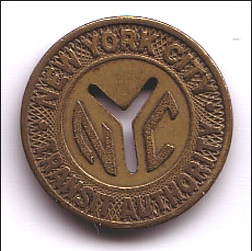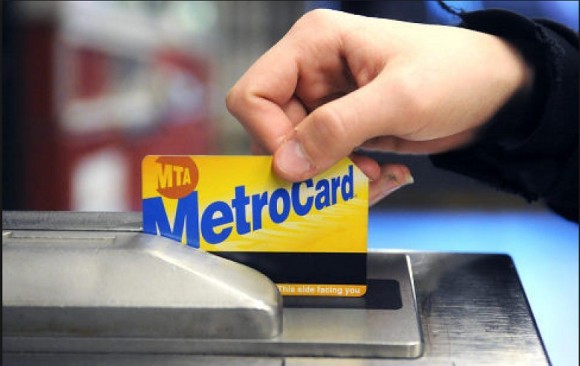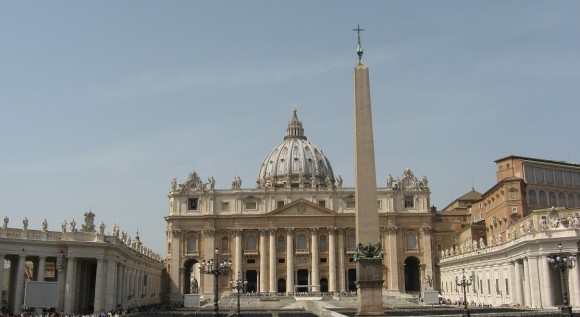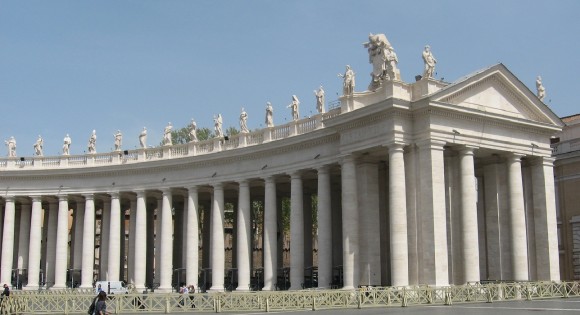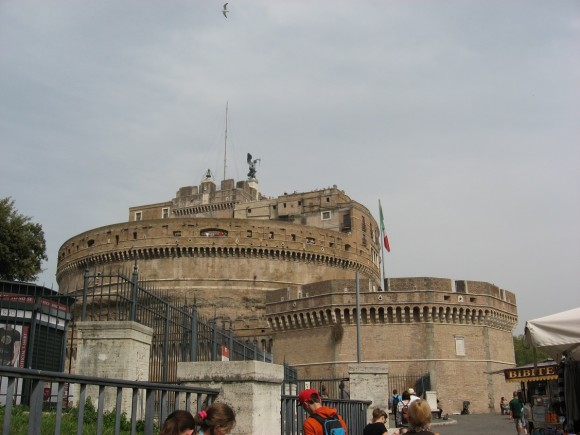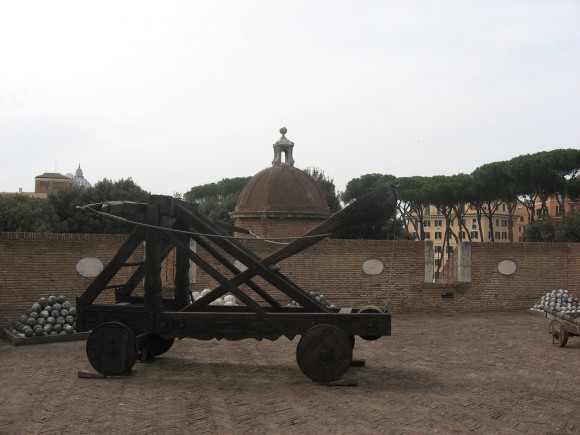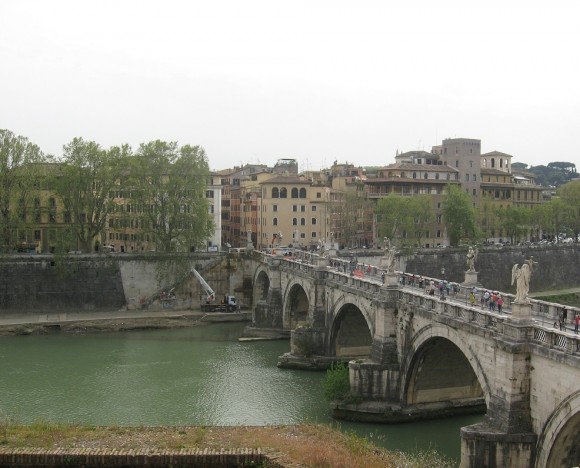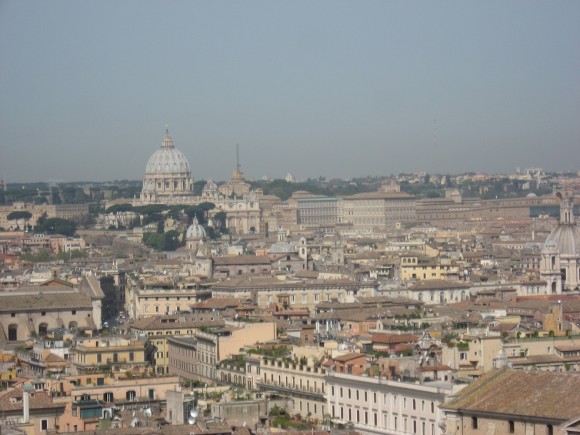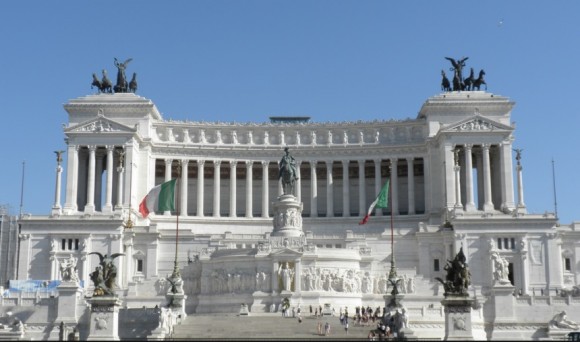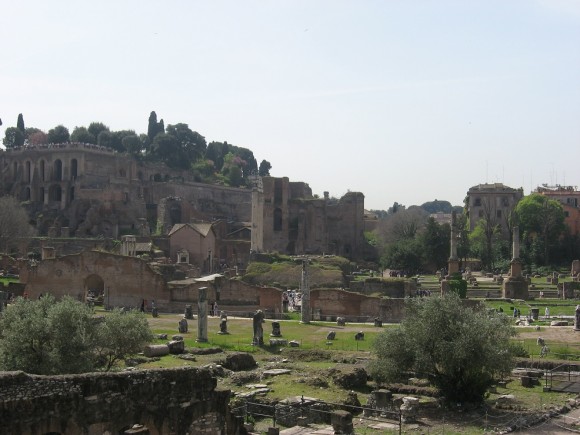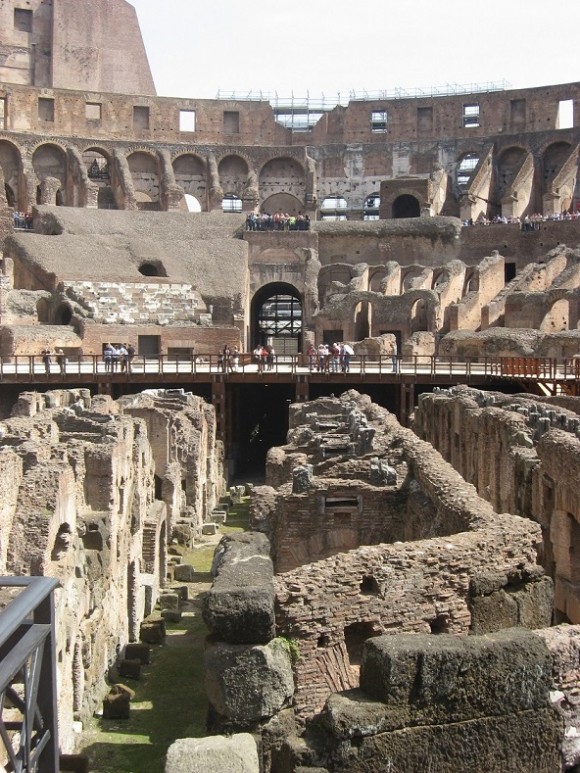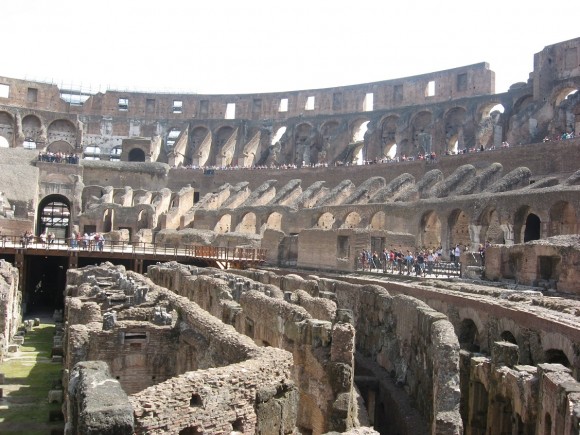Dear Commons Community,
The New York Times editorial this morning calls on Governor Andrew Cuomo to stop playing politics with the City University of New York (CUNY). It takes special aim at his proposal to combine the administrative structures of the State University of New York (SUNY) and CUNY. This issue has reared its head several times since the creation of CUNY in 1961. The editorial quotes colleagues Stephen Brier and Michael Fabricant regarding proposals from Governor Nelson Rockefeller in the 1960s. There was also another proposal during the height of the New York City fiscal crisis in the 1970s that called for the creation of a unified Empire State University that never gained traction. The editorial correctly comments that:
“If Mr. Cuomo has concerns about CUNY’s administrative costs, he has all the power he needs to address that. State law gives him the right to appoint 10 of City University’s 17 board members, including its chairman. Only last week did he nominate a new chairman, even though the current chairman’s term expired in 2013. In February, another trustee whose term expired last summer resigned his post, criticizing the governor for being too slow in nominating a successor.
Cutting administrative costs is one thing. But threatening the special character of the city system and its 550,000 students is quite another.”
The full editorial appears below.
Tony
==============================
New York Times
Don’t Dilute CUNY’s Urban Mission
By THE EDITORIAL BOARD
APRIL 11, 2016
The New York State Legislature rebuffed Gov. Andrew Cuomo last year when he proposed that the State University of New York, which has 64 campuses, and the City University of New York, which has 24, develop a plan for combining their administrative functions.
Legislators correctly saw this as a stealth plan for merging two systems with dissimilar cultures and different educational missions and, in the process, undermining City University’s historic commitment to the urban poor.
Nevertheless, the merger idea reappeared this year in news reports and again when Mr. Cuomo, complaining of administrative bloat at City University, tried to cut its state allotment by nearly half a billion dollars.
The merger idea has been around for quite a while. As the City University professors Stephen Brier and Michael Fabricant explain in their forthcoming history, “Austerity Blues: Fighting for the Soul of Public Higher Education,” Nelson Rockefeller, who essentially built the state’s public higher education system, wanted to absorb New York City’s colleges into the state university system at the beginning of the 1960s.
The proposal met fatal resistance from alumni, business leaders and education officials who had great affection for the city system. They understood the city to be different from the rest of the state, in civic and cultural terms, and considered free tuition essential to much of its population. (Mr. Rockefeller had also proposed charging tuition in exchange for state aid.) The merger idea was dropped, and the city system — renamed The City University of New York in 1961 — remained independent, even though it would receive state support.
Every weekday, get thought-provoking commentary from Op-Ed columnists, The Times editorial board and contributing writers from around the world.
The state Legislature took the same view. It gave the state formal control of the city system while recognizing fundamental differences: on the one hand, a loose federation of 64 campuses scattered about the state; on the other, a city system described in state law as an engine of advancement for the poor and disadvantaged and having “the strongest commitment to the special needs of an urban constituency.”
Beginning with programs in high school and continuing through community colleges, the CUNY system aims to develop upwardly mobile students who will eventually graduate from a four-year college. The city’s effort to improve community college graduation rates among disadvantaged young people and move them on to four-year colleges has been praised by President Obama and is widely seen as a model for the nation.
If Mr. Cuomo has concerns about CUNY’s administrative costs, he has all the power he needs to address that. State law gives him the right to appoint 10 of City University’s 17 board members, including its chairman. Only last week did he nominate a new chairman, even though the current chairman’s term expired in 2013. In February, another trustee whose term expired last summer resigned his post, criticizing the governor for being too slow in nominating a successor.
Cutting administrative costs is one thing. But threatening the special character of the city system and its 550,000 students is quite another.

